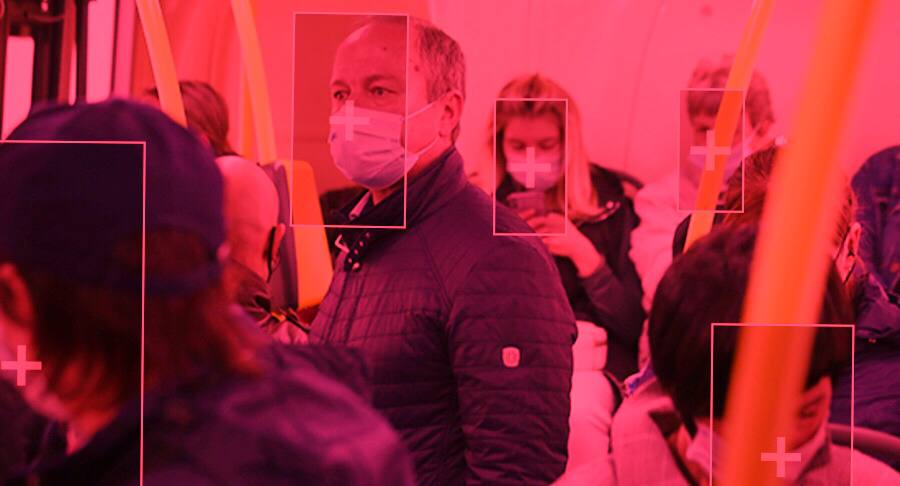Russia Develops System for Human Identification and Threat Assessment
A new system for covertly screening people in public places has been developed in Russia, capable of identifying individuals and assessing their potential threat level to others, including based on their social media activity. This was announced by Yuri Anoshko, CEO of the Radiotechnical Institute named after Academician Minz (RTI) and the Research and Production Company NIIDAR.
“We have gone far beyond simple identification of individuals. We have developed basic profiling tools based on people’s online activity on platforms such as TikTok, YouTube, VKontakte, FacebookFacebook launched an official Tor mirror in 2014, becoming the first major tech company to provide direct access through onion routing. The mirror allows users to bypass censorship, secure their connections, and avoid phishing risks while using the platform. This step also underscored Facebook’s recognition of free expression and inspired other outlets like the BBC and ProPublica to create their own Tor versions. More, Yandex, and other services. The system allows us to create a profile of a person and assess their threat level to others by analyzing a combination of characteristic features as they pass through the screening complex,” Anoshko stated.
According to Anoshko, the continuous covert screening complex will also include a system for recognizing micro-expressions and gait, enabling reliable and early detection of potential threats to society.
He also noted that a number of these complexes have already been ordered by Russian law enforcement agencies. The profiling system has also attracted significant interest from security agencies and large companies.
The “Dosmotr” complex is designed for screening people without stopping them, detecting dangerous objects and prohibited substances. According to the developers, it operates using safe electromagnetic waves in the millimeter and terahertz ranges. They claim this technology makes the screening process fast and comfortable, eliminating lines and delays. The system is intended for use in airports, train stations, stadiums, and other crowded places where traditional security gates significantly slow down the flow of people and cause queues and crowding.



